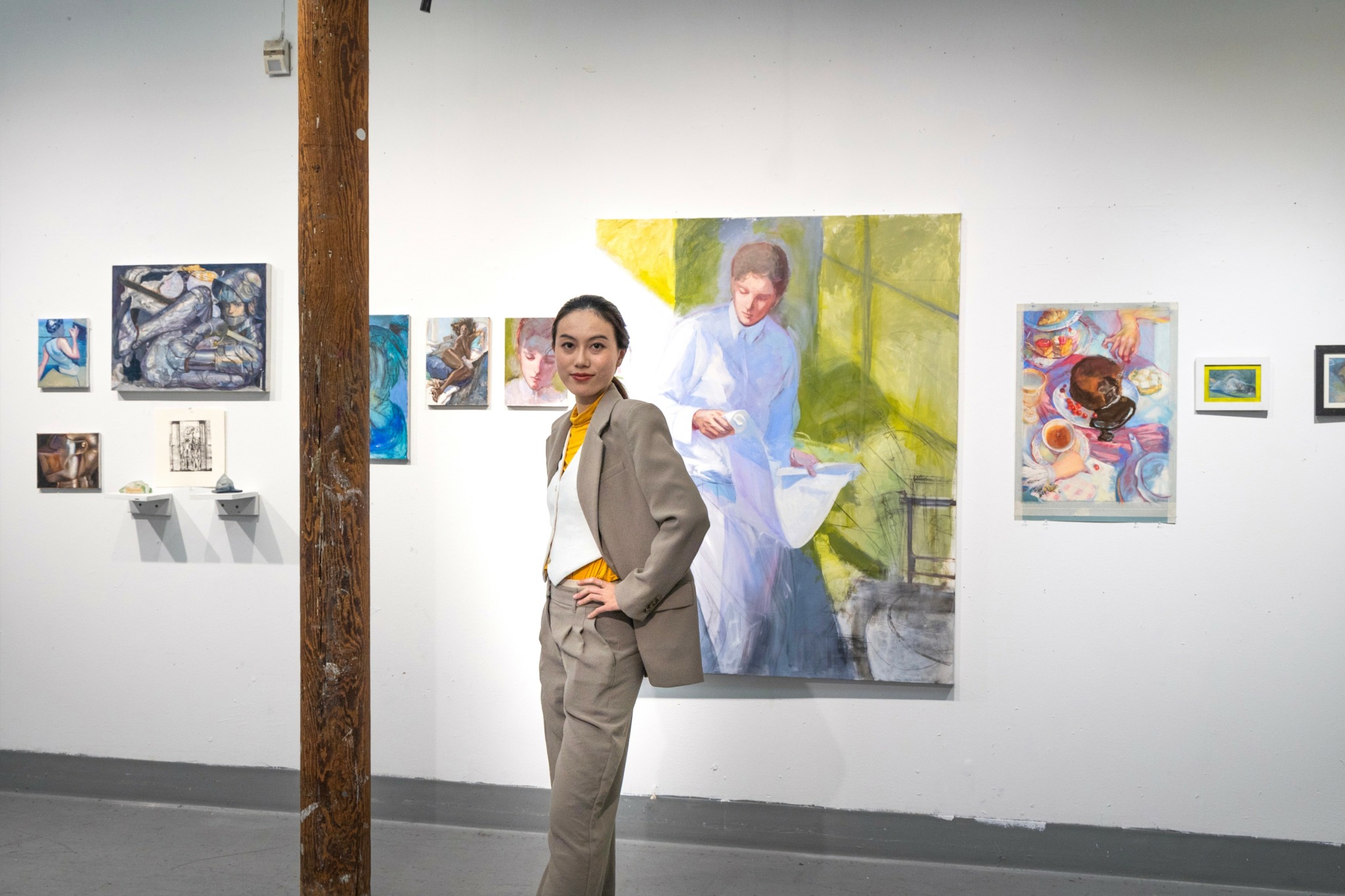We caught up with the brilliant and insightful Theresia Zhang a few weeks ago and have shared our conversation below.
Theresia, thanks for joining us, excited to have you contributing your stories and insights. We’d love to hear about when you first realized that you wanted to pursue a creative path professionally.
This might surprise some people, but I had never imagined art school could be an option for me. Growing up in a STEM-focused environment in China, students were only considered “smart” if they excelled in math and science, while proficiency in literature and the arts was often undervalued. Perhaps this is because we are still living in the ongoing third industrial revolution, where society often overlooks the power and value of literature and the humanities—a reality I find deeply unfortunate. As a product of this environment, I was naturally steered toward a career in research. I was enrolled in STEM-focused programs in both middle school and high school, with the expectation that I would eventually attend medical school and become a doctor.
Despite the nationwide trend of reducing investment in literature and arts education, I was fortunate to grow up in a family that balanced STEM with a love for books and literature. In Chinese schools, students don’t get to choose their classes. Instead, the same group of students follows a set schedule together every day, guided by a leading teacher who also serves as their homeroom teacher. Even though I was in STEM programs, my leading teachers in secondary school were almost always Chinese literature teachers. Additionally, my middle school, known for its rigorous test-based STEM education, still had a small library and a 45-minute weekly reading requirement. These experiences helped nurture my philosophical thinking, which would later become the foundation of my artistic career.
I’ve always been a highly visual person—I love observing beautiful things and capturing them with lines and colors. At the same time, I’ve always loved stories, which fueled my passion for stage art: musicals, dramas, orchestras, and ballet. Having spent part of my childhood in Europe, I was unconsciously shaped by the aesthetics I encountered there. However, when I moved to the United States, I realized that I would need to retake STEM classes for AP credits and memorize a plethora of Latin terms (particularly in chemistry and anatomy) to apply for a biology major within a year. This was a turning point for me. It made me question what I was truly passionate about. I realized that, although I seemed proficient in STEM, I had no interest in scientific research or labs, and learning Latin in six months felt impossible. What I genuinely loved was drawing, painting, literal and historical research, and of course, storytelling.
Initially, I applied to architecture, viewing it as the most science-oriented art major. But after attending a summer program at RISD and meeting peers from other departments—especially illustration—I decided to pursue illustration instead. At the time, I saw it as the broadest and most relevant major for visual storytelling. This proved true, and after four years, I graduated from the top illustration program at MICA.
Even though I grew up in the digital age and spent years creating digital illustrations, I found myself missing the craftsmanship and intimacy of original storytelling. Painting, with its physicality and tactile nature, offers a connection that digital media cannot replicate. A painting carries the traces of the artist’s hands, creating a dialogue between the maker and the viewer that feels profoundly different from experiencing art through a screen. While illustration is designed for clients and aims to communicate visually in a clear and engaging way, its primary purpose is not always to evoke deep emotional resonance.
This longing for connection and craftsmanship inspired me to apply to graduate school as a painting major and move to New York. Now, as a painter and fine artist, I am reconnecting with the physical and emotional dimensions of art, pushing myself to create work that resonates on a more intimate level. And you know what’s funny? I realized I still need to memorize all those latin words in art school because our graduation requirement is anatomy. It’s inevitable.
Awesome – so before we get into the rest of our questions, can you briefly introduce yourself to our readers.
My name is Theresia Zhang, a painter and writer based in New York City. I create narrative-driven artwork that blends intimacy, mythology, and nostalgia with themes of cross-cultural identity. My work spans traditional oil painting, pastel, and digital illustration, and I am currently pursuing my final year of master’s degree at the New York Academy of Art.
What makes my work unique is the way I blend narrative depth with rich visual storytelling. I believe every piece of art, whether it’s a painting, an illustration, or a comic, should evoke a sense of story and emotional connection. My international background, growing up in China and Europe and living in the U.S., also influences my art by infusing it with a cross-cultural sensibility.
Additionally, I have a director-like approach to my creative process, carefully crafting the mood, composition, and details to draw viewers into the world I’m building. I often describe my art as capturing “a noisy scene in a quiet setting or a quiet moment in a noisy environment.” This ability to evoke contrasts makes my work memorable and emotionally resonant.
I have several projects ongoing, one of them is a series inspired by Greek mythology, and I’m planning to publish an art book with these paintings in it. I have 6 pieces now, painted with various mediums, and more paintings are coming next year. It’s gonna include a lot of stories that I found emotionally touching, and I will mix with my interpretation in storytelling. Besides this, I’m writing my own stories – both short and long – and making either comics or animations for them. I have some stories and characters that I’ve been writing for 10 years, they basically grew up with me along my artistic journey. People are quite excited about them, I love working in public spaces, sometimes people will come up to me and ask me where to post them. So if you are curious about what I’m doing, you can search “Theresia Zhang” or follow @resazart on instagram, that’s where I primarily post my news and progress with. You can also check my website www.theresiazhang.com, where I document all my creativities!
Is there mission driving your creative journey?
I am someone who believes in the power of stories. I not only interpret stories from others, I also writes my own novel and paint them. Stories is what resonates between individuals. Good story transcends through culture and geograph and become timeless. My goal is evoking emotions through the language of visuals, using my own interpretations of a story, to create some timeless beauty.
In the digital age with bombing imagery, I do believe paintings painted by human is the only thing that has true value, which no artificial intelligent could compete with. Because you touches the other human’s soul looking at something they dedicated themselves with. While I work across mediums, I believe the physical act of painting and drawing carries an intimacy and authenticity that cannot be replicated. My creative journey is driven by a desire to honor the tactile, emotional quality of art while telling stories that feel timeless and yet relevant to our modern lives.
Ultimately, I hope my work encourages people to slow down, observe, and immerse themselves in the layers of a story—whether it’s a quiet painting, an evocative illustration, or a comic that captures a fleeting, meaningful moment. My mission is to create art that feels both familiar and surprising, personal yet universal, and deeply human, therefore timeless.
What can society do to ensure an environment that’s helpful to artists and creatives?
The society- I mean everybody, despite who you are, whether you consider yourself being creative or not- definitly should appreciate and support art made by real human artists!! I’m not just saying about visual art, but any form of art, whether it is painting, writing, or music.
To be honest, even for commercial purposes, when I see an AI generated advertisement, I just immediately lose interest in their products. Because I don’t see the sense of humanbeings in the products, I don’t know how the art evokes something relates to human experiences, therefore I don’t know how I will feel using the product as a human being. If I don’t see they are taking the basic effort hiring someone, someone flesh and bones like me, trying their best spending a part of their artistic life span using colors and forms to tell me how great the product is and how they feel about it, I won’t choose their products.
What concerns me most these days is the increasing use of AI-generated imagery and its potential to make people forget their innate creativity. Creativity and critical thinking require time, effort, and engagement to develop, helping the human brain grow smarter and more innovative. However, as corporations use AI to cut costs in creative departments, they also diminish the value of authentic, human-made art. While AI can produce works that might look “good enough,” they often lack the ability to surprise, inspire, or reach the emotional depths that only human artists can achieve.
Besides, what worries me most isn’t the production of mediocre AI art, but the growing acceptance of it—where people become satisfied with “good enough” and begin to undervalue the effort and soul that real artists pour into their work. I’ve noticed a wave of discouragement among my creative peers, not because they fear losing their jobs to AI, but because society increasingly devalues art itself and no longer takes the time to truly appreciate its beauty. Because behind any form of art itself is the essence of history and humanity. This lack of recognition is a denial to our own history as humanbeing, and the lack of effort to engage with art is what deeply stifles and discourages the creative process.

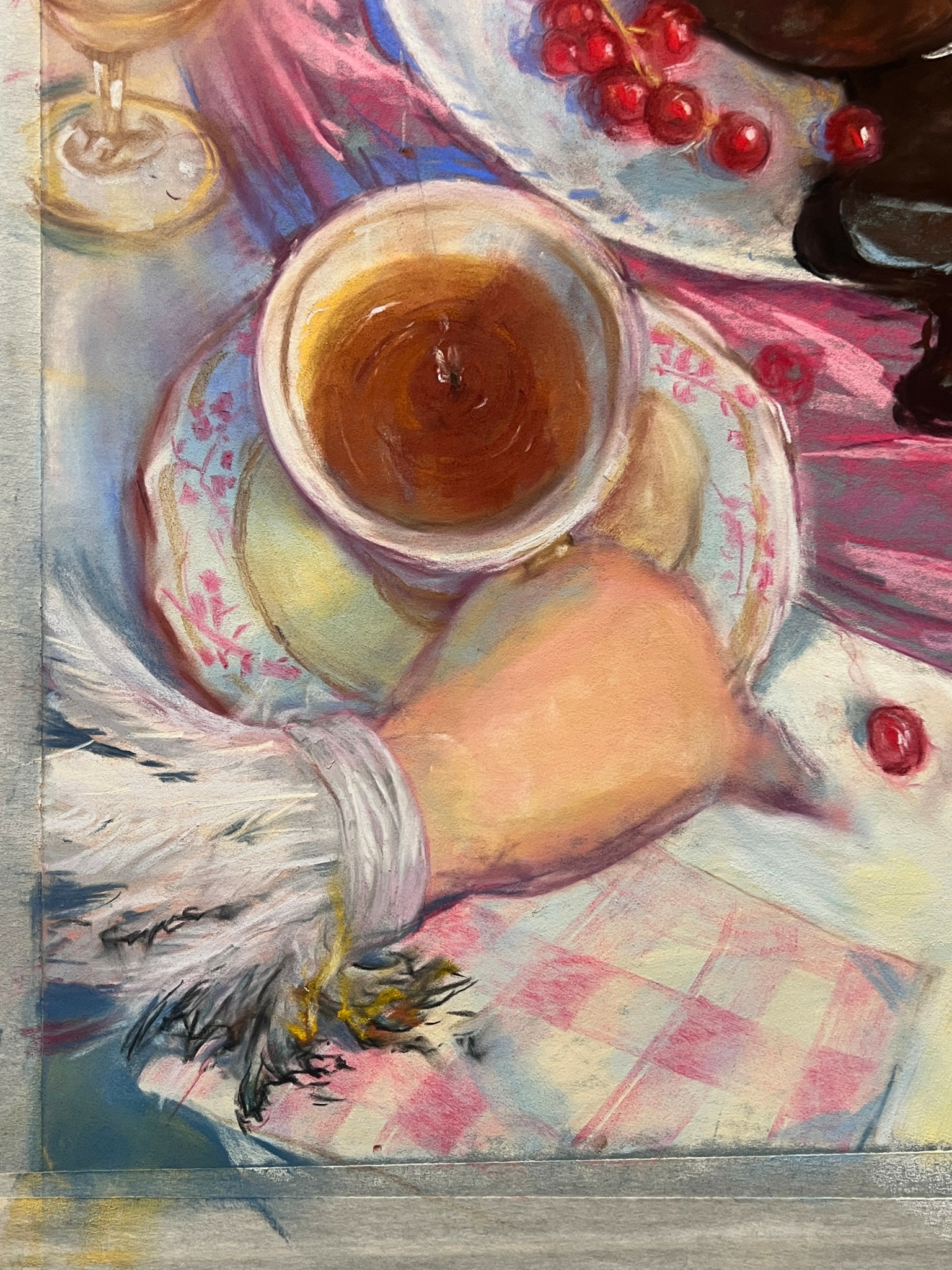
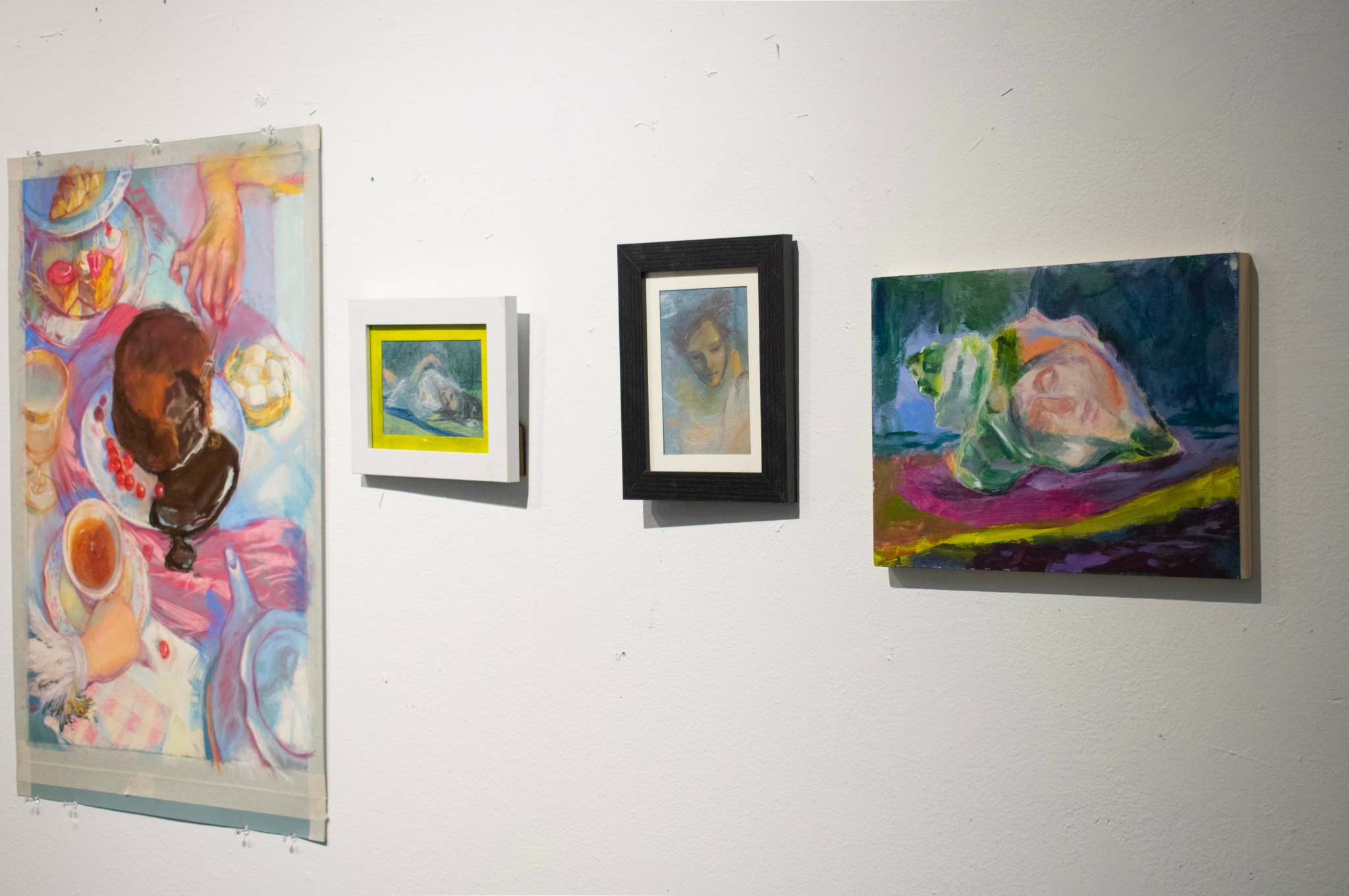

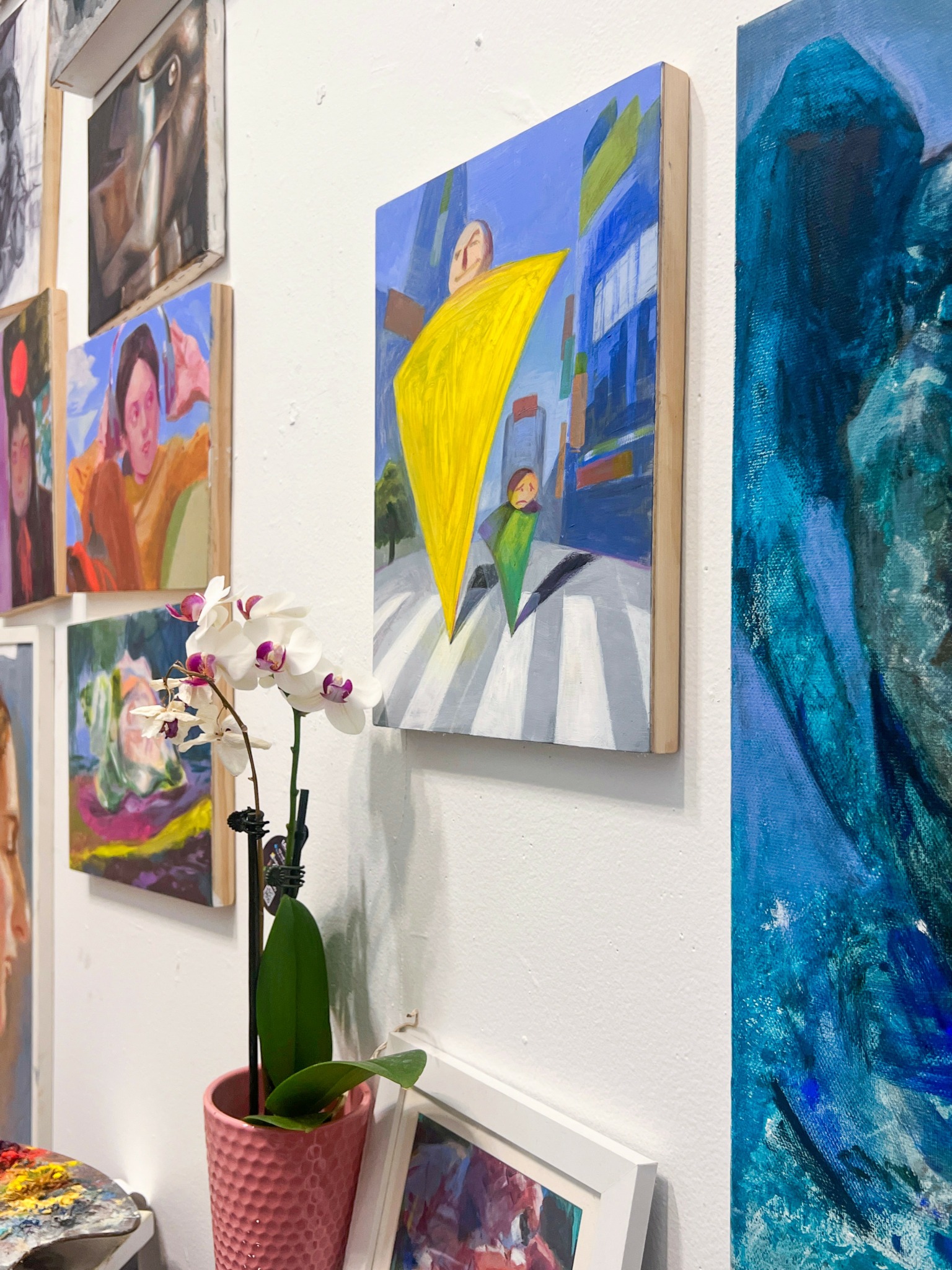
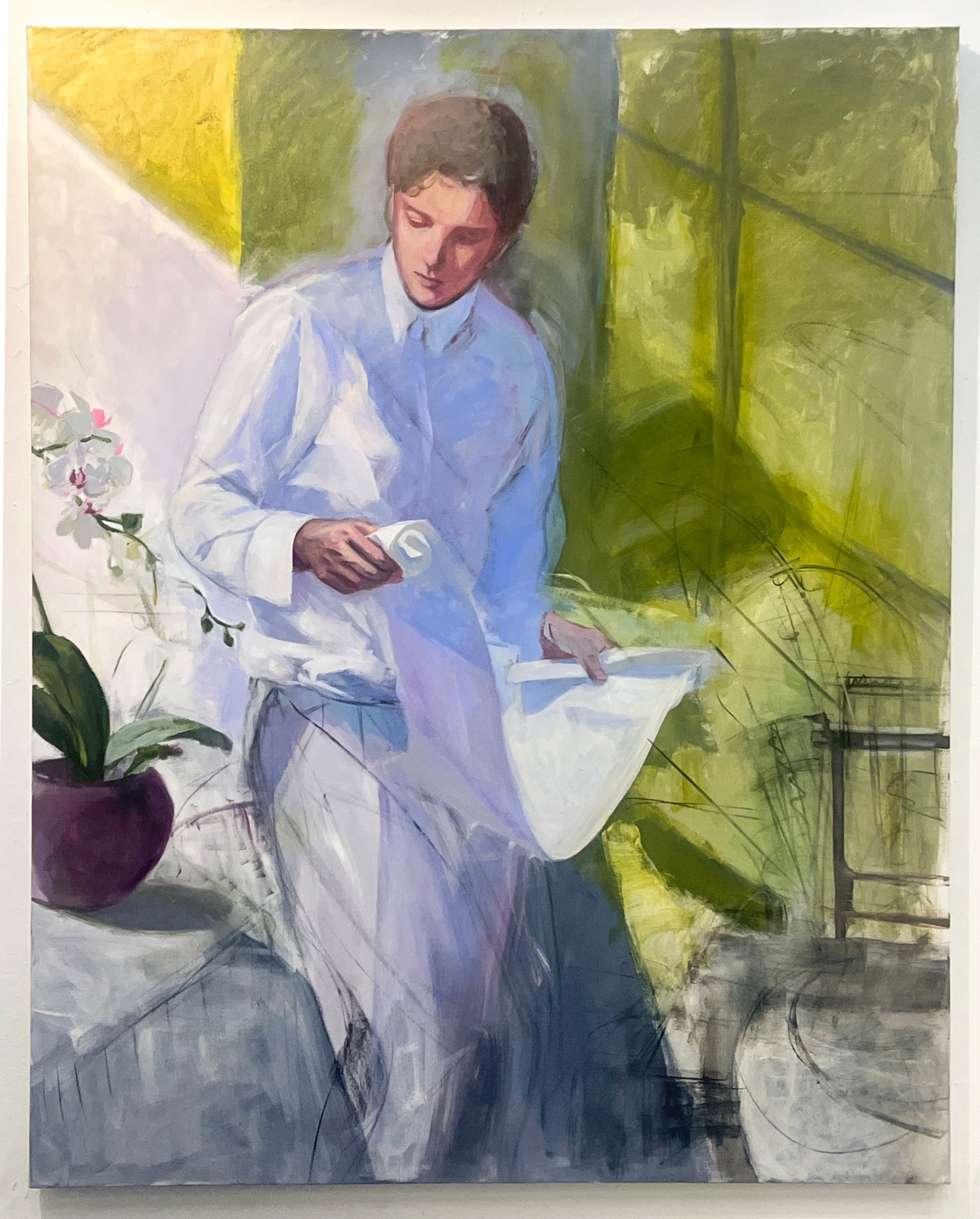
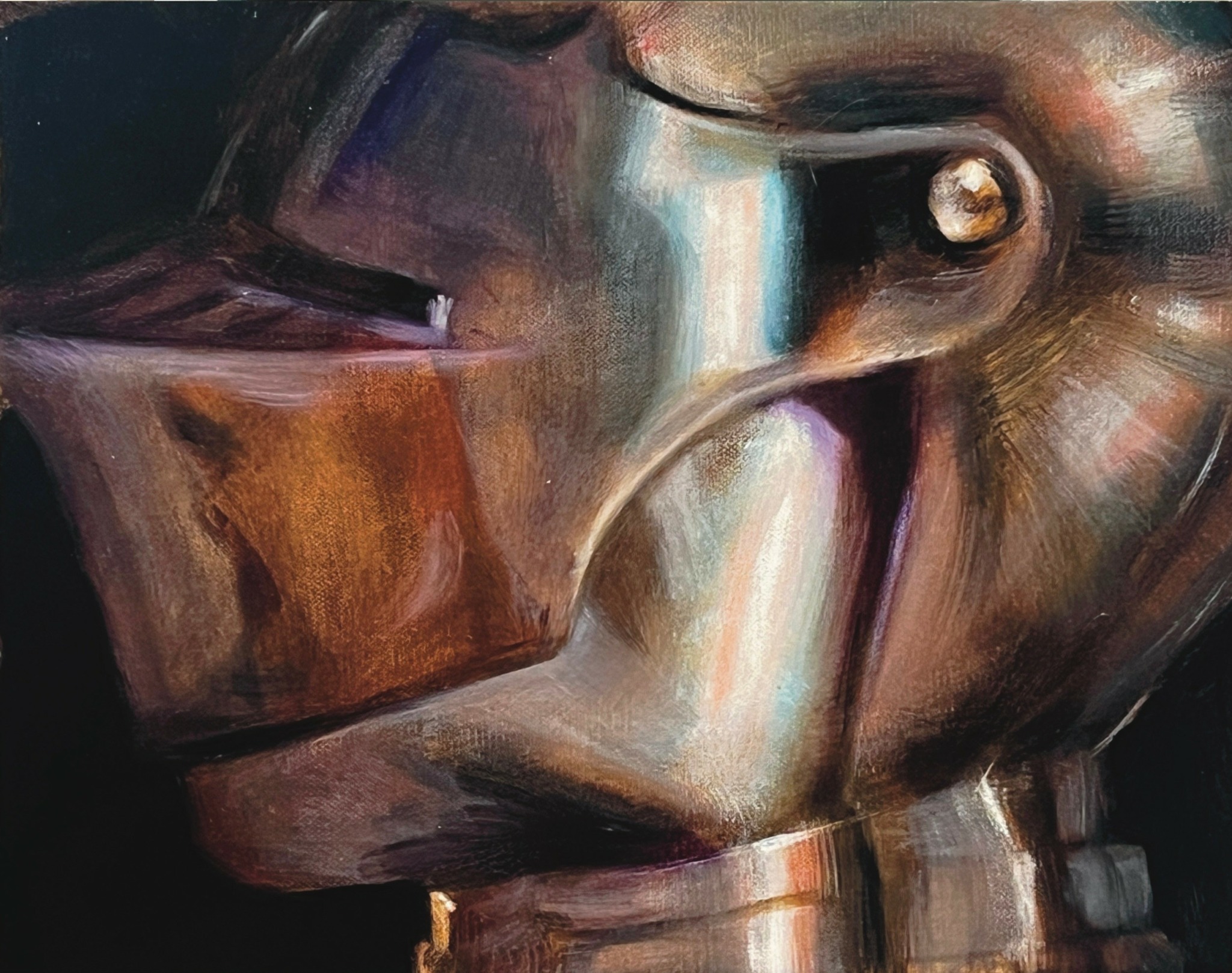
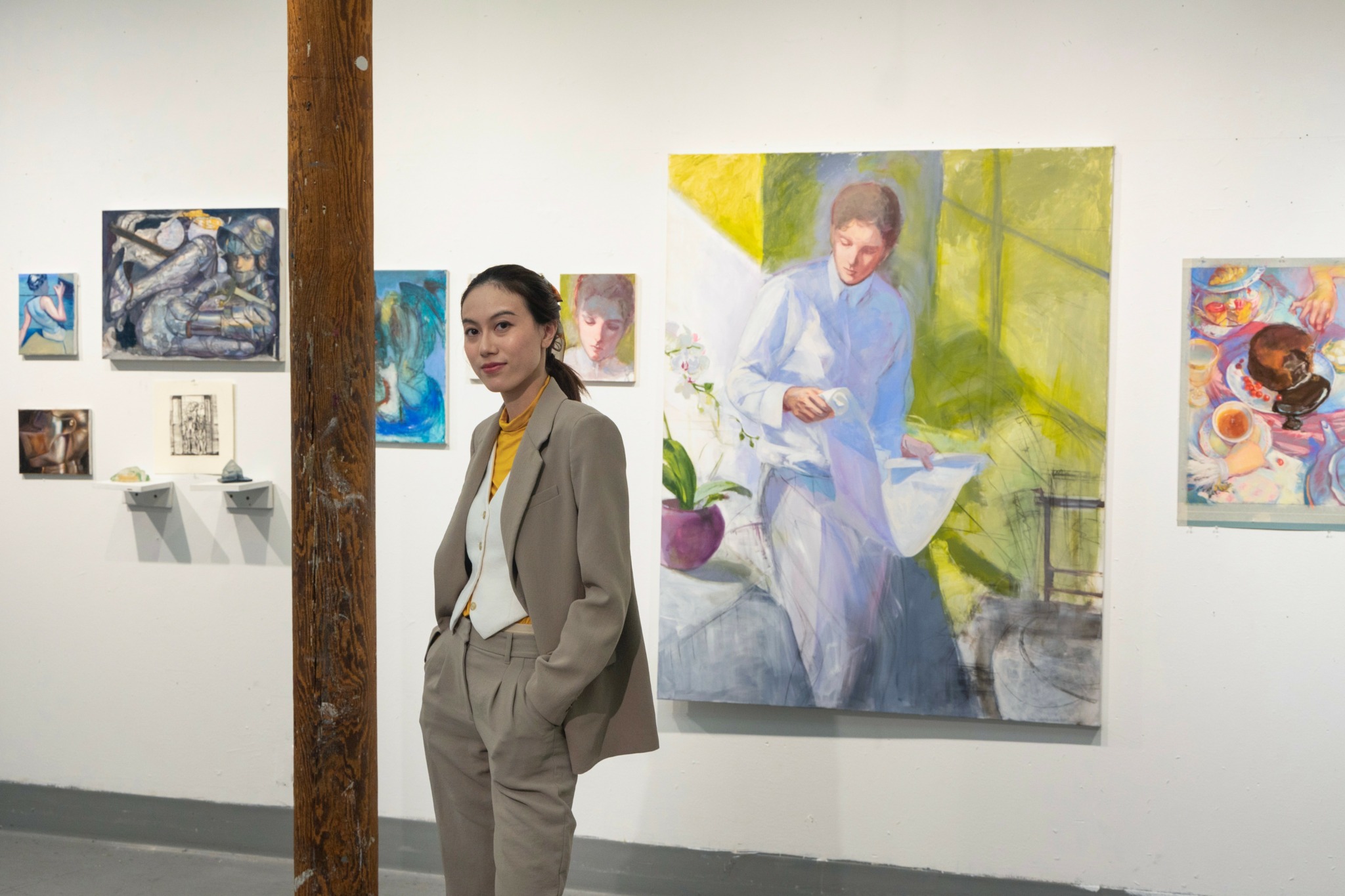
Contact Info:
- Website: https://theresiazhang.com
- Instagram: @resazart
- Other: Weibo: @左宗棠兔头 RED: @左宗棠兔头 Bilibili: @左宗棠兔头 Tumblr: @resazart Tiktok: @resazart
Image Credits
Dean Mabalot


